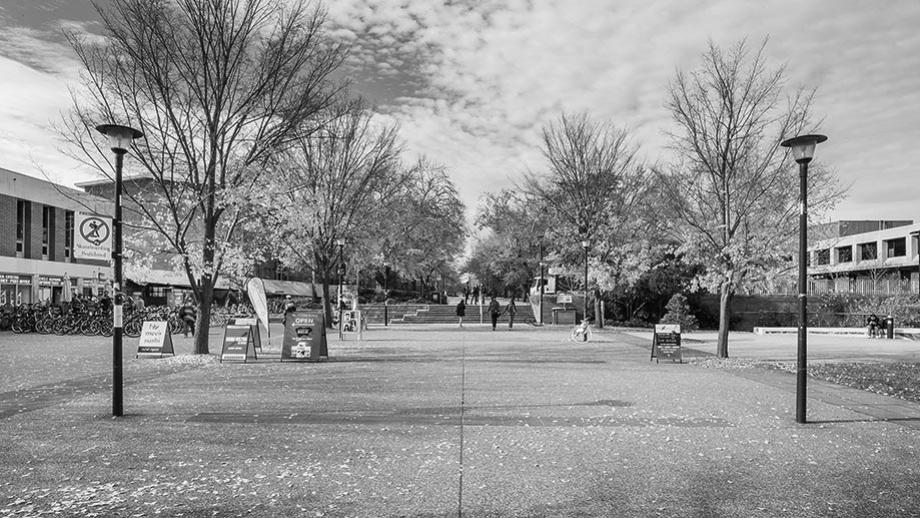The Reunion Court precinct is without a name, the deputy vice- chancellor, Marnie Hughes- Warrington, revealed at an update forum earlier this month.
Hughes-Warrington would not confirm the continued use of any former names, including Union Court.
New names will be found in consultation with Indigenous groups, with regard to the space’s Indigenous significance. Names would also be made with regard to the contribution of women, Hughes-Warrington indicated.
Hughes-Warrington suggested the process for choosing the names of the new buildings and facilities would begin shortly, and hoped the process would bring recognition to female academics, and be made in consultation.
A naming committee will undertake the momentous task of naming the precinct, buildings and further facilities prior to its promised January 2019 opening. Hughes-Warrington indicated that the process could provide recognition to groups previously unrecognised by ANU’s buildings.
She noted that names are ‘currently very white and very male’, and she hoped to ‘increase’ the ‘number of women named buildings’.
It’s not the first time the administration has suggested a change from the male-centric names on campus.
Hughes-Warrington suggested that consultation with the local Indigenous community had also already begun. She noted that the space has a special place in Indigenous culture and history, and hoped to honour that importance.
It was implied that this connection could be a significant factor in the naming of the broader precinct.
Indigenous groups have already been consulted in regards to the development project, with Indigenous significance cited as a reason for the environmental rejuvenation of Sullivan’s Creek as part of the development.
Indigenous culture is also being considered in relation to interior design and public art in the precinct, consideration of which is beginning shortly.
The names will be considered by the naming committee, and also passed through the asset naming committee before being confirmed.
We acknowledge the Ngunnawal and Ngambri people, who are the Traditional Custodians of the land on which Woroni, Woroni Radio and Woroni TV are created, edited, published, printed and distributed. We pay our respects to Elders past and present. We acknowledge that the name Woroni was taken from the Wadi Wadi Nation without permission, and we are striving to do better for future reconciliation.
